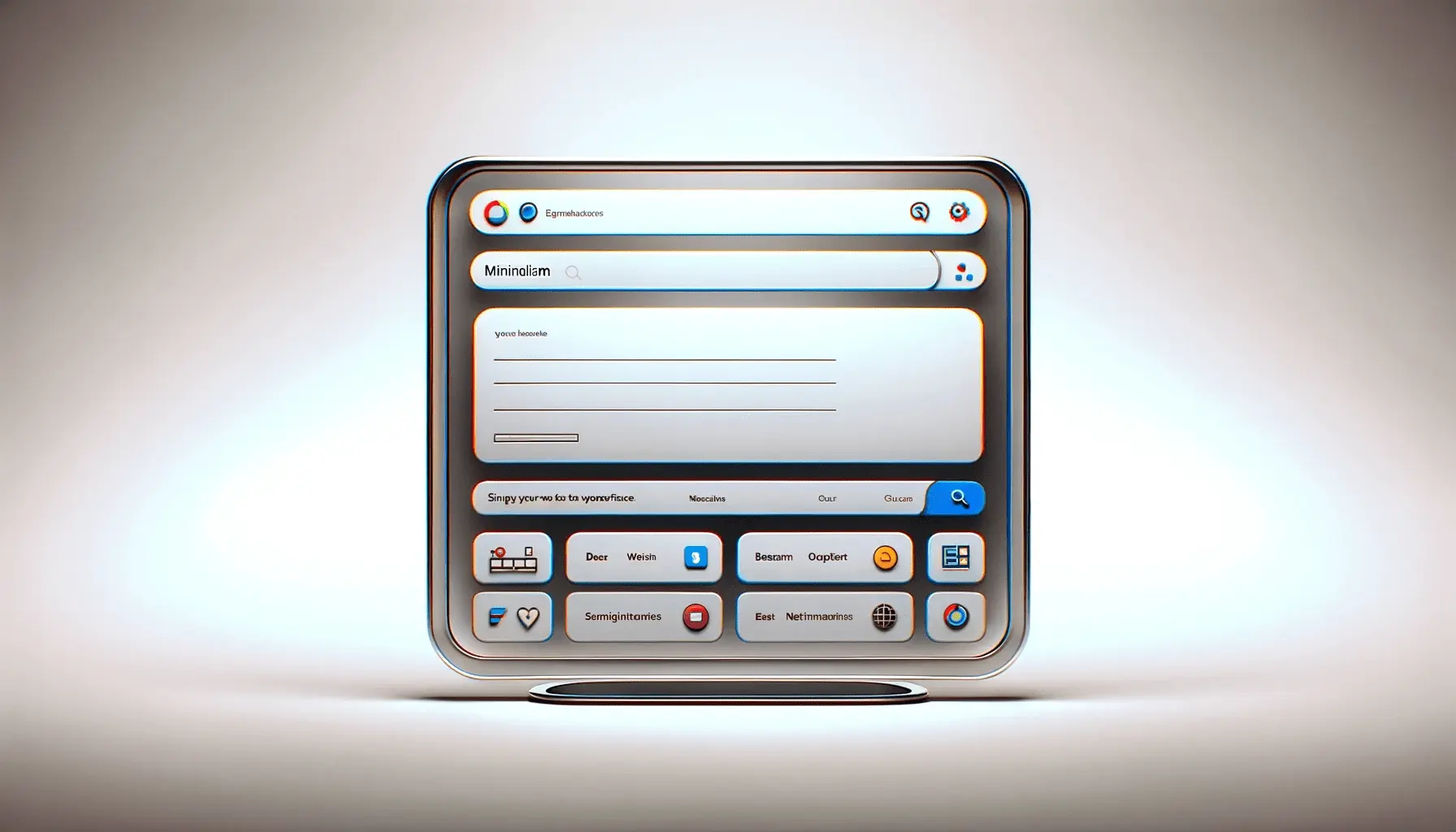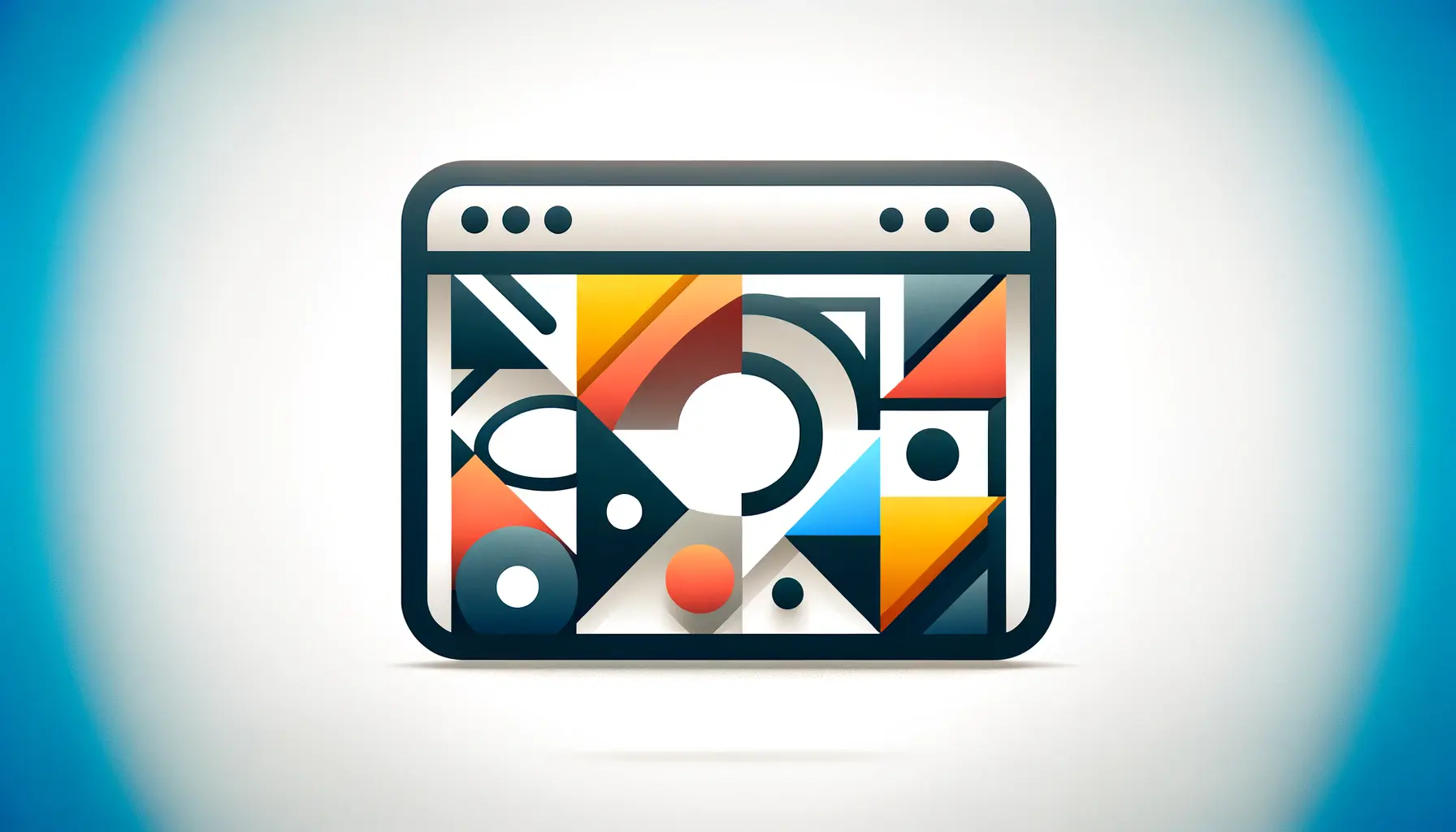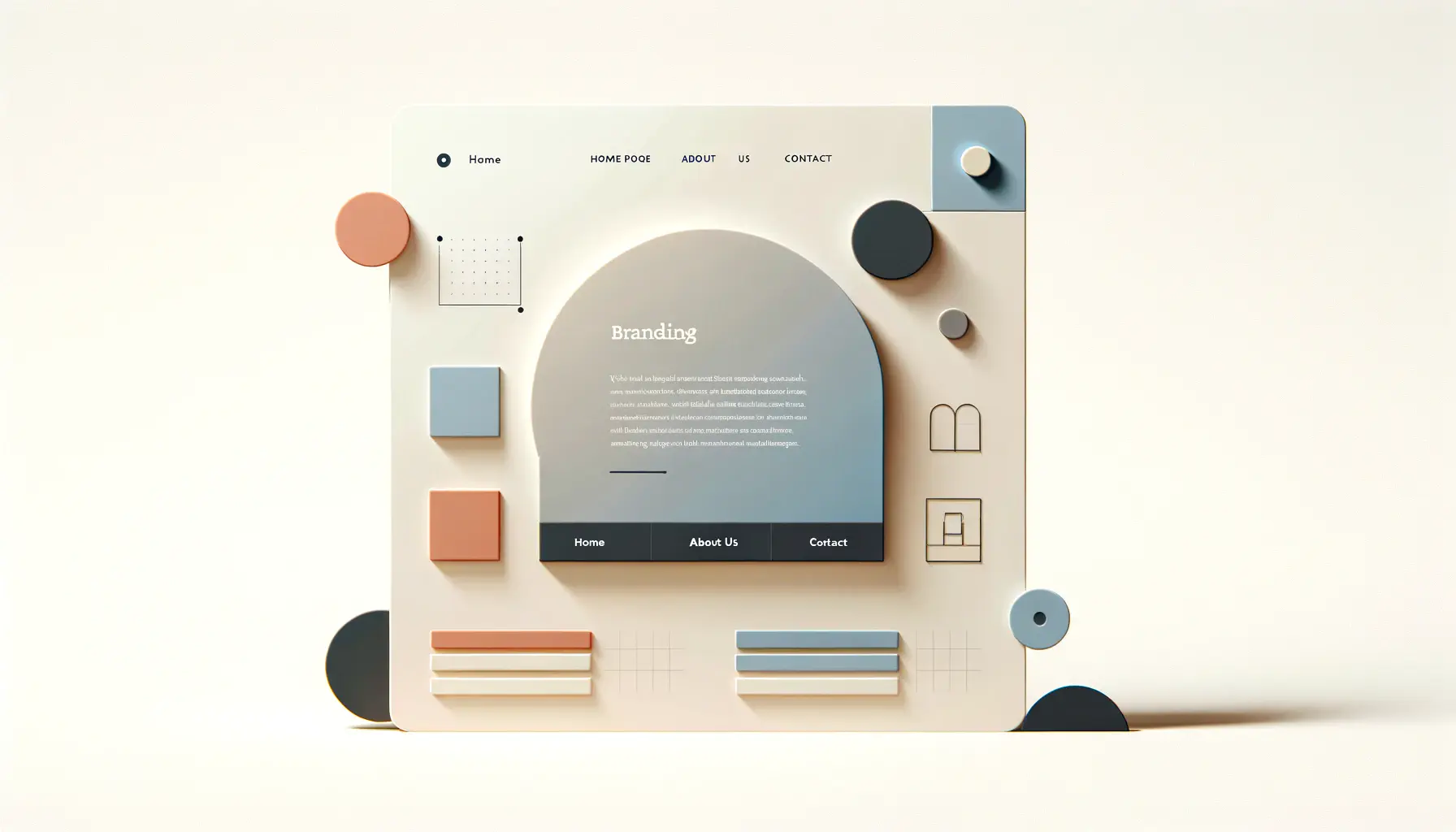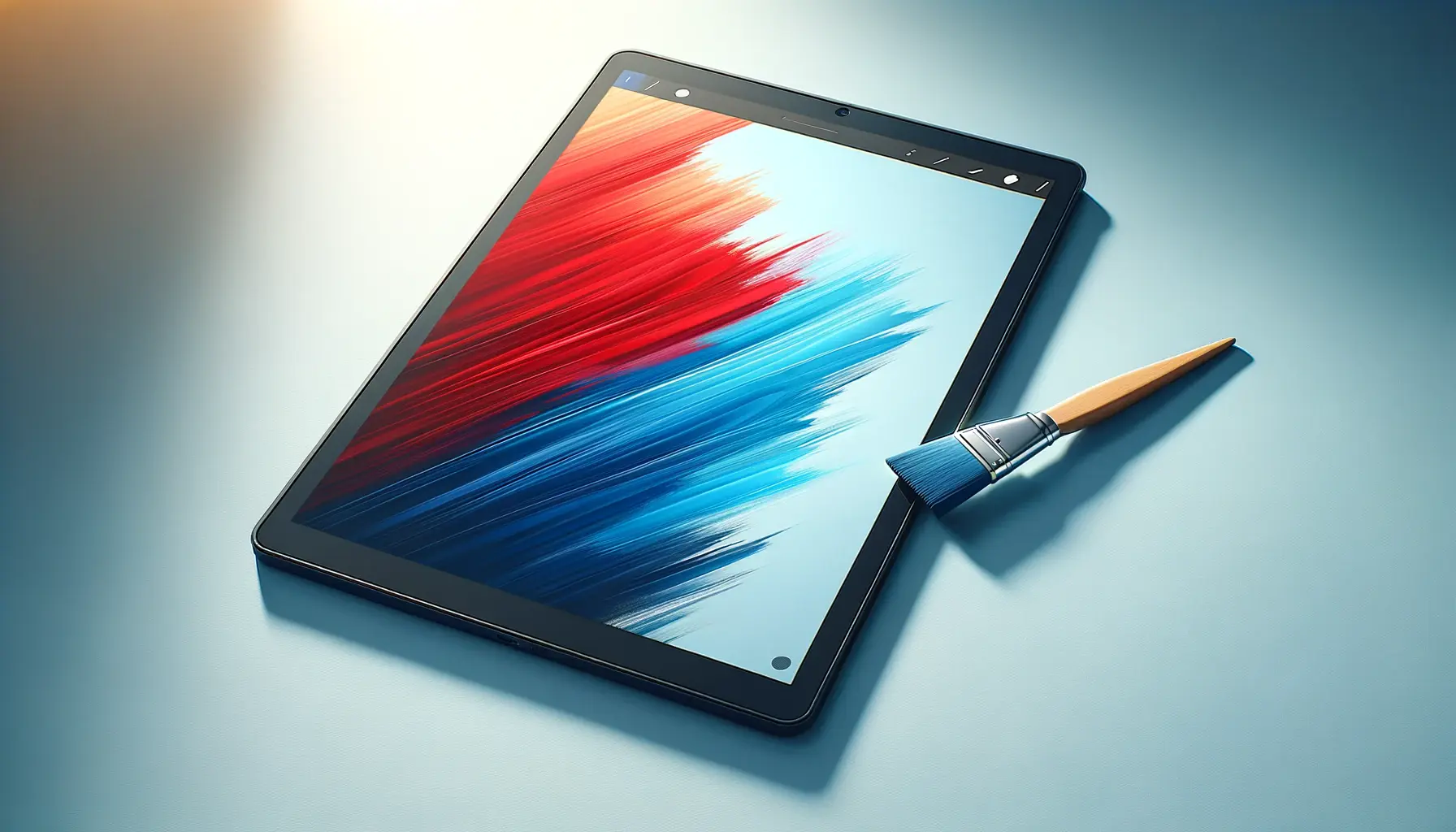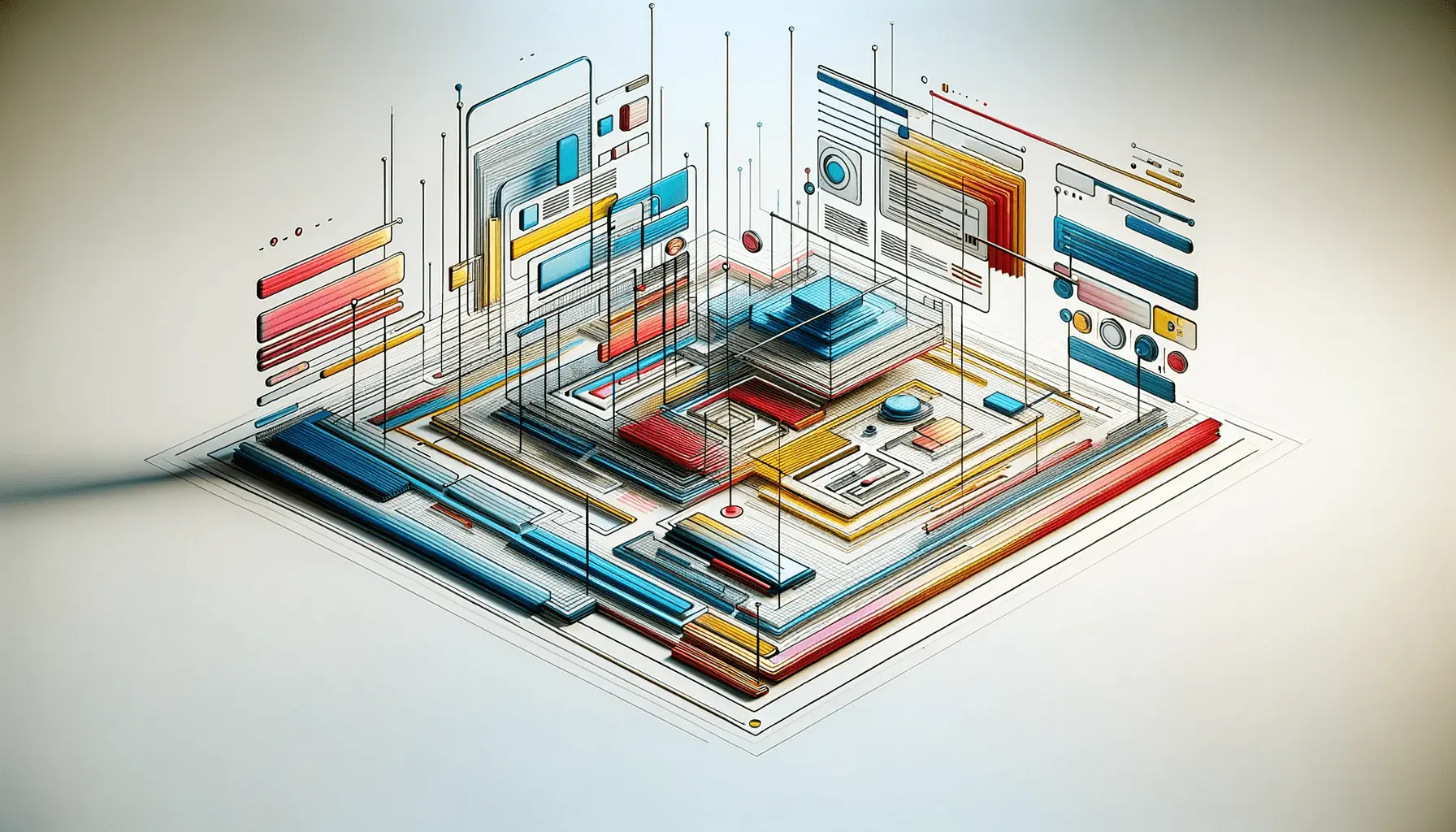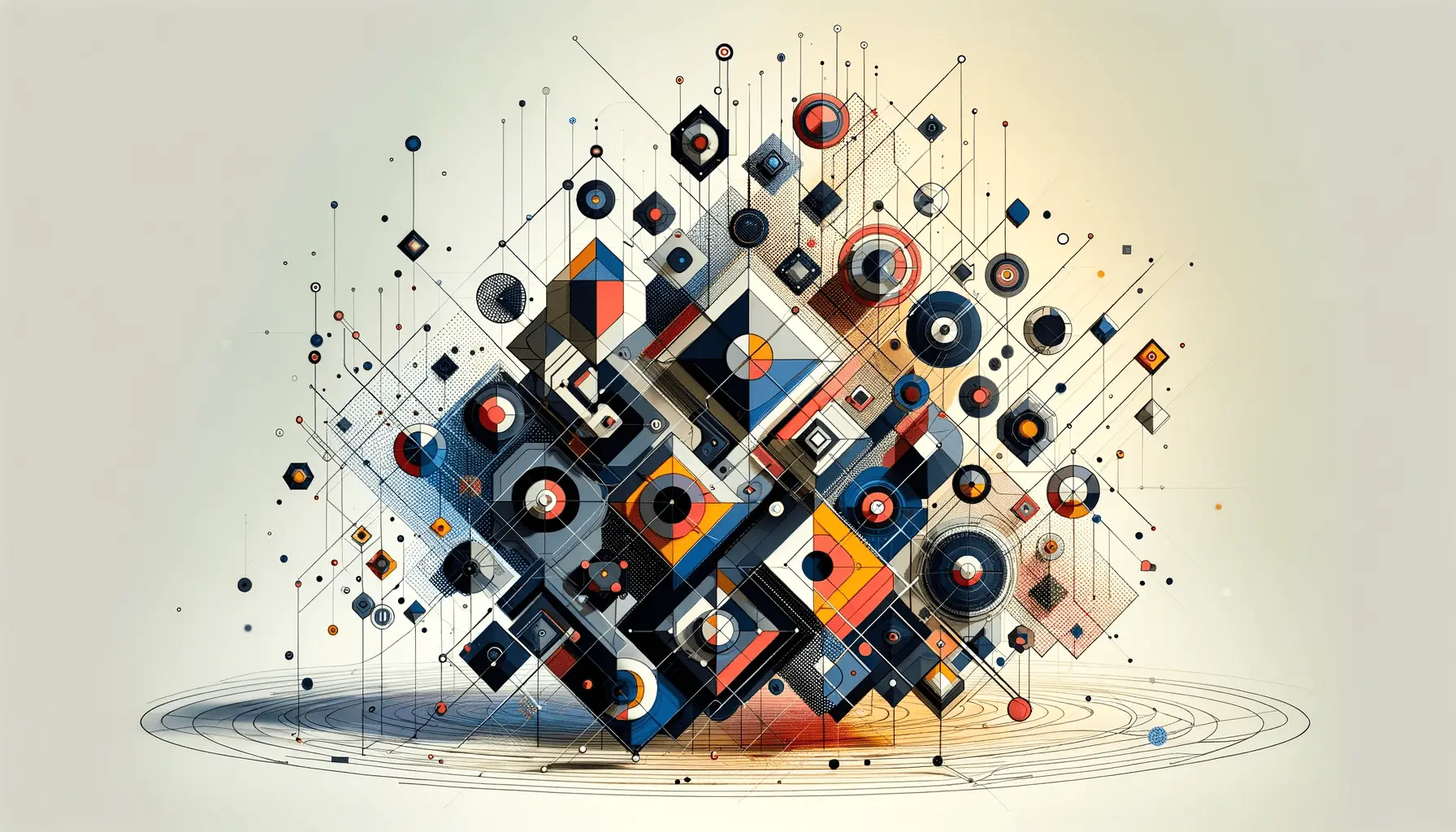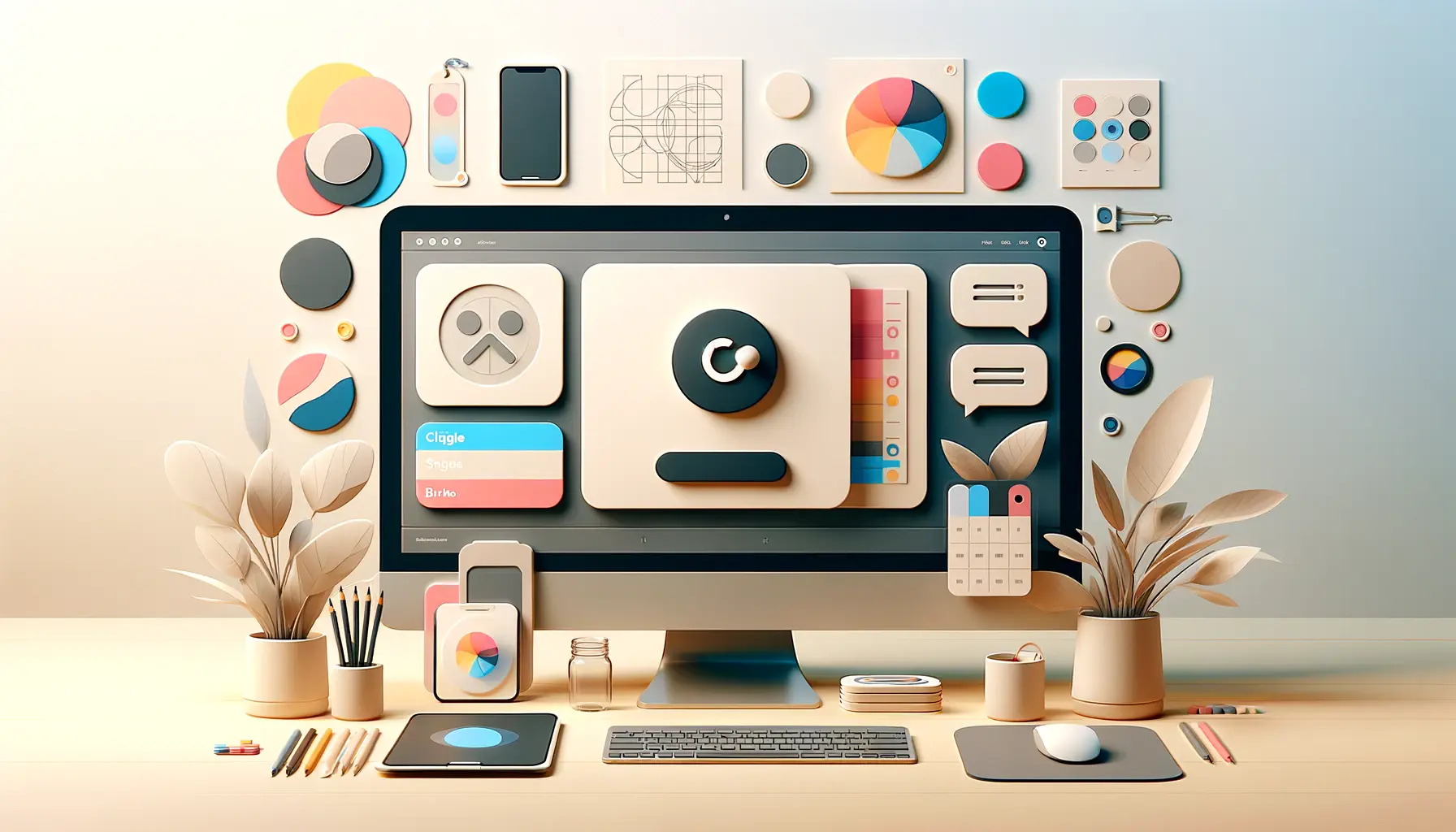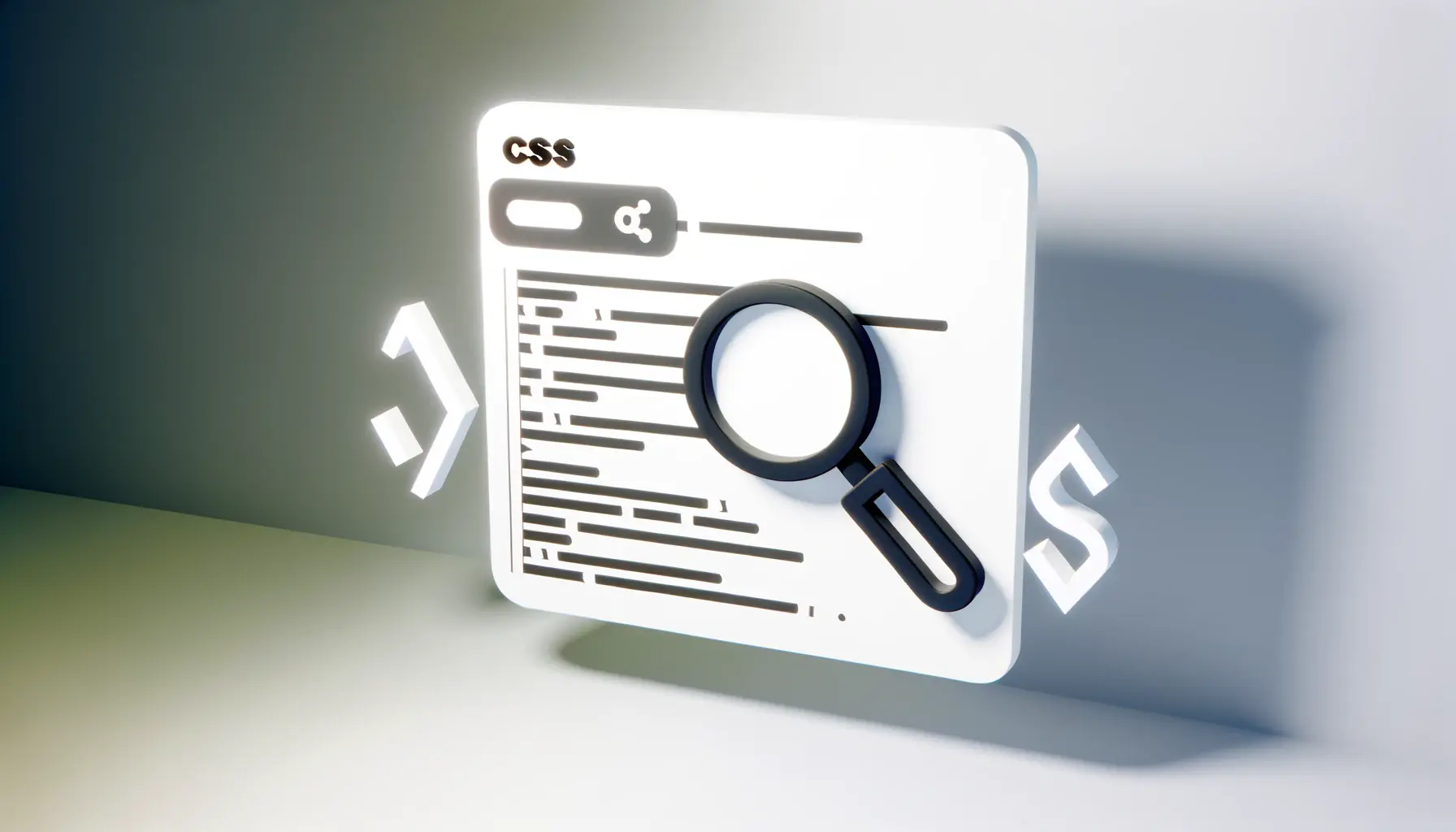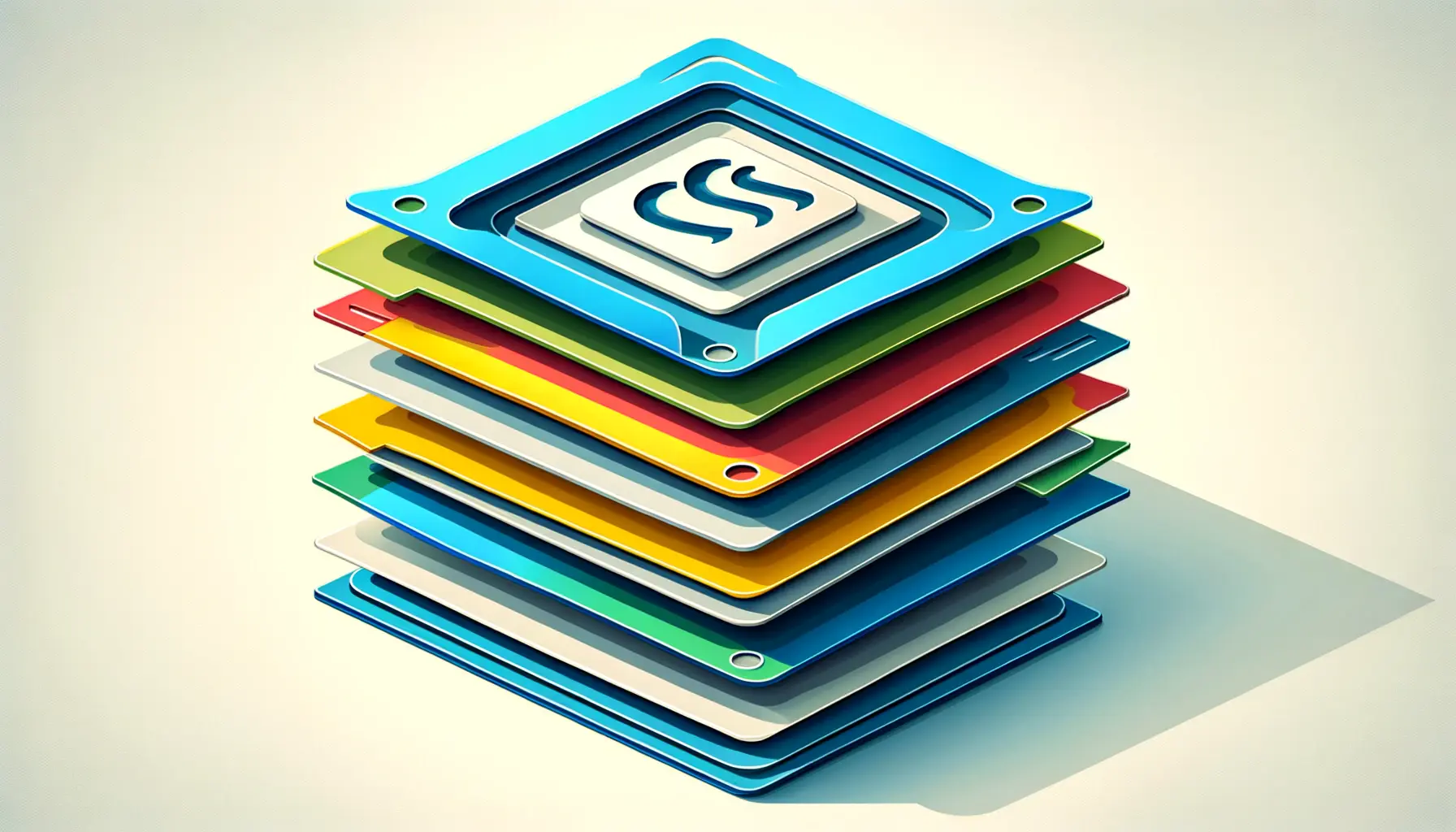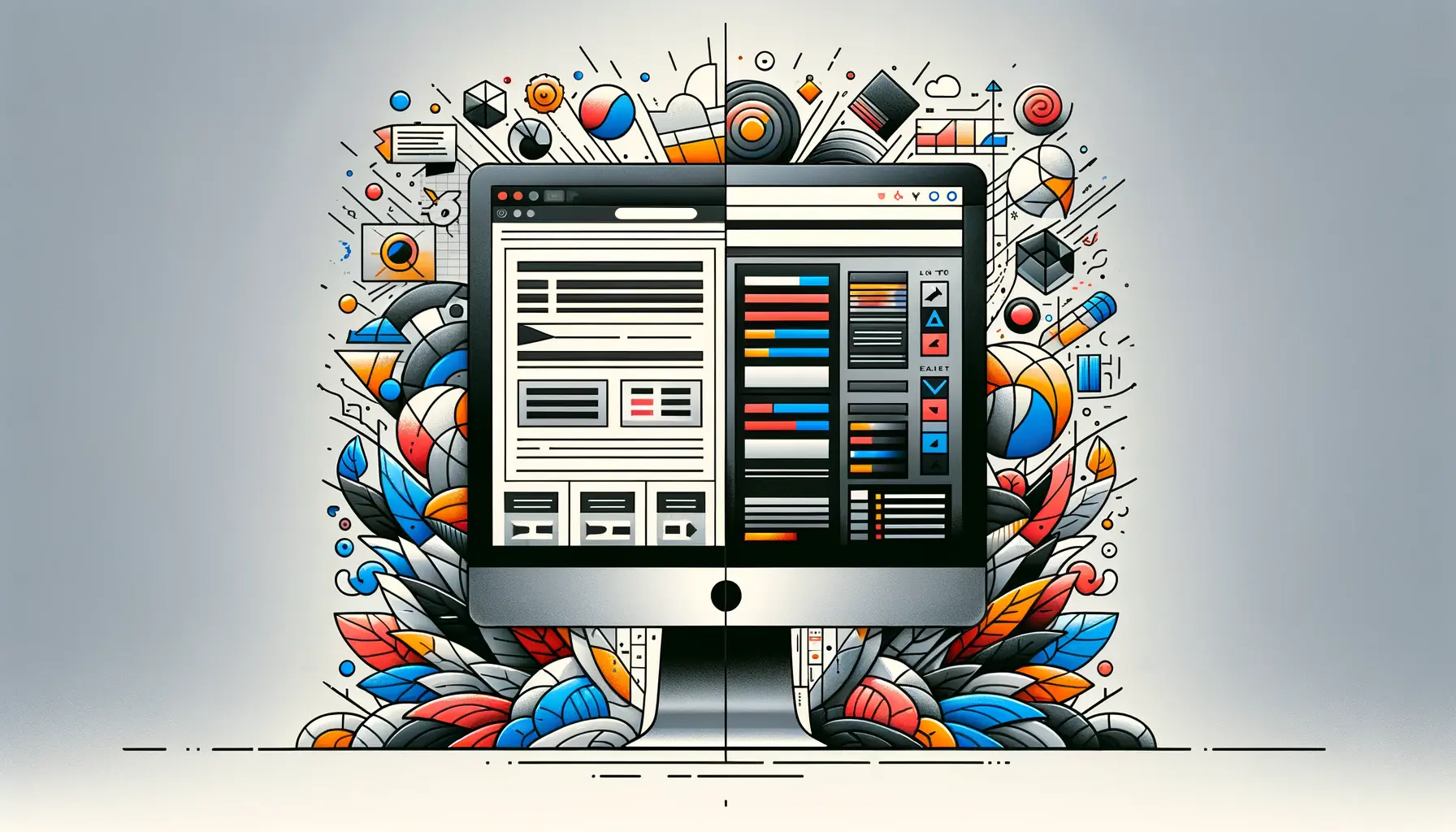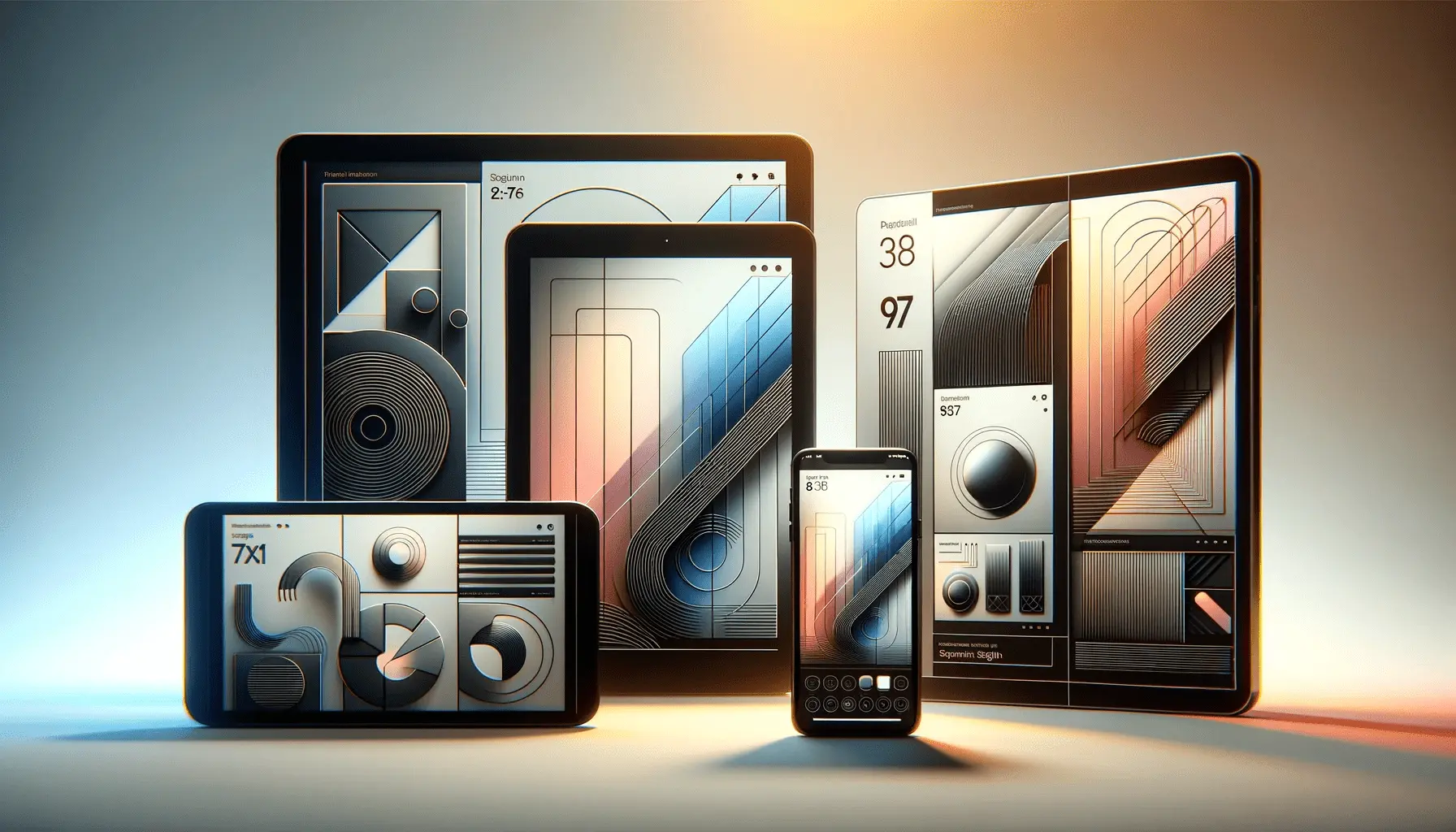In today’s world of digital excess, where consumers are bombarded with information from all sides, minimalism in web design has become a dominant trend.
But what exactly is minimalism, and how is it utilized in modern web design?
Let’s dive deep into its nature and discover its impact.
- The Essence of Minimalism in Modern Web Design
- Key Features of Minimalist Web Design
- Benefits of Minimalist Design on User Experience
- Emerging Trends in Minimalist Web Design for 2025
- Best Practices for Minimalist Web Design
- Minimalist Web Design: The Secret to a Better User Experience
- Frequently Asked Questions on Minimalist Web Design
The Essence of Minimalism in Modern Web Design
Minimalism in web design is not just a trend; it’s a design philosophy that emphasizes simplicity and functionality.
By stripping away all unnecessary elements, designers focus on what truly matters, ensuring users can browse and engage with websites without distraction.
Defining Minimalism: Beyond Aesthetics
At its core, minimalism is about intention and clarity.
It’s not just about using fewer elements but about making each element meaningful.
This approach ensures that every component has a purpose, ultimately optimizing the user experience.
Historical Evolution of Minimalist Design
The roots of minimalist design can be traced back to influential design movements like BauhausA German design movement from the early 20th century that emphasizes simplicity, functionality, and geometric forms. and the International Typographic Style, which emphasized simplicity and functionality.
Over time, this philosophy has extended into various design fields, shaping today’s streamlined and user-centric web interfaces.
Key Principles Guiding Minimalist Web Design
- Content Prioritization: By emphasizing only essential elements, minimalist web design ensures users receive clear and concise messages without being overwhelmed.
- Use of White Space: Strategic use of white space improves readability and draws attention to key elements, reinforcing minimalism in layout.
- Limited Color Palette: A restrained color scheme enhances harmony and eliminates visual noise, a defining aspect of minimalist web design.
- Easy Navigation: Simplified menus and intuitive navigation structures help users find what they need effortlessly, aligning with the principles of minimalism.
By adopting these principles, designers create websites that are not just aesthetically pleasing but also highly functional, guiding users on an intuitive and interactive journey through the essence of minimalist web design.
Minimalism in web design is not just about aesthetics; it’s about optimizing usability by removing distractions and focusing on clarity.
Key Features of Minimalist Web Design
Minimalist web design is all about refining the user experience by focusing on essential elements and eliminating distractions.
Let’s discuss the core features that define minimalist design and contribute to a seamless and engaging interface.
Generous Use of Negative Space
Negative space, also known as white space, refers to the empty areas around design elements.
In minimalist web design, intentional use of negative space enhances readability, improves focus, and allows key elements to stand out.
This careful spacing results in an uncluttered and visually appealing interface, ensuring users can concentrate on valuable content.
Limited and Deliberate Color Scheme
A restricted color palette is a defining characteristic of minimalism.
By using a minimal selection of colors, designers achieve a cohesive and harmonious aesthetic that reduces visual clutter.
This approach not only simplifies the appearance but also strategically guides users’ attention toward important elements, improving usability and engagement.
Bold and Clear Typography
With fewer graphical distractions, typographyThe art and technique of arranging type to make written language readable and visually appealing. plays a crucial role in minimalist web design.
Bold and clear fonts enhance readability and establish a strong visual hierarchy.
Carefully selected typography ensures that users can easily navigate content and absorb information effortlessly, reinforcing the simplicity and effectiveness of the design.
Flat Design Elements
Flat design, which avoids three-dimensional effects like shadows or gradients, aligns perfectly with minimalist design principles.
This approach prioritizes simplicity and functionality, ensuring that design elements serve a purpose without overwhelming the user.
Additionally, flat design contributes to faster loading times and a cleaner interface.
Intuitive and Streamlined Navigation
Navigation is a crucial element in minimalist web design.
By simplifying menus and ensuring intuitive layouts, designers make it easier for users to find the information they need without confusion.
This straightforward approach reduces cognitive loadThe amount of mental effort required to process and understand information on a website or interface. and enhances the overall user experience, making navigation effortless and enjoyable.
By incorporating these key features, designers can create minimalist websites that are visually appealing, highly functional, and user-friendly, providing visitors with a smooth and compelling digital experience.
Strategic use of white space, a limited color palette, and intuitive navigation are the key components of an effective minimalist design.
Benefits of Minimalist Design on User Experience
Applying minimalist design in website development offers numerous advantages that significantly enhance the user experience.
Let’s take a closer look at the key benefits.
Enhanced Content Consumption
With a minimalist web design, content takes center stage, allowing users to engage with information without distractions.
This clarity improves comprehension and memory retention, making it particularly effective for information-rich websites and blogs.
Enhanced Loading Speed
By eliminating unnecessary elements, minimalist designs result in cleaner code and smaller page sizes, leading to faster loading speeds.
A fast-loading website is crucial for retaining user interest, as visitors are less likely to abandon a site that loads quickly.
Enhanced Mobile Responsiveness
The simplicity of minimalist design ensures seamless adaptability across different screen sizes, enhancing the mobile user experience.
With the majority of web traffic coming from handheld devices, responsiveness has become more critical than ever.
Improved Usability
By focusing on essential elements and simplifying navigation, minimalist web design reduces cognitive load, making it easier for users to find content and interact with the site.
This intuitive usability leads to increased user satisfaction and engagement.
Increased Accessibility
The emphasis on legible typography, appropriate contrastThe difference in color, brightness, or texture that makes elements stand out from each other in a design., and structured layouts in minimalist design improves accessibility for all users, including those with disabilities.
This inclusivity ensures a broader audience can navigate and understand website content more effectively.
Higher Conversion Rates
By reducing distractions and focusing on clear calls to action, minimalist web design can lead to higher conversion rates.
Users are more likely to complete actions such as making a purchase or subscribing to a newsletter when presented with a clean and intuitive interface.
Improved SEO Performance
Cleaner code and faster page loading times contribute to better search engine rankings.
Additionally, the structured nature of minimalist websites makes them easier for search engines to crawl and index, enhancing online visibility.
Enhanced Brand Identity
A minimalist design approach allows brands to present a clear and cohesive message, strengthening brand identity.
By removing unnecessary design elements, the focus shifts to the core message and values of the brand, fostering deeper connections with users.
By integrating minimalist design principles, web designers create aesthetically appealing, highly functional websites that improve usability, accessibility, and overall user satisfaction.
Minimalist web design enhances user experience by improving readability, loading speed, and mobile responsiveness while reducing cognitive load.
Emerging Trends in Minimalist Web Design for 2025
As we move forward into 2025, minimalist web design continues to evolve, integrating new trends that further simplify user experience while maintaining a modern aesthetic.
Let’s explore some of these emerging trends.
Integration of Neumorphism Elements
Neumorphism, a blend of skeuomorphismA design concept that mimics real-world materials and textures in digital interfaces. and flat design, introduces subtle shadows and highlights to create a soft, extruded appearance on UI elements.
This technique adds depth while preserving the clean aesthetics of minimalism, offering a tactile experience without overwhelming the user.
Inclusion of Dark Mode Designs
Dark mode has gained popularity for its ability to reduce eye strain and enhance modern appeal.
Integrating dark mode into minimalist designs not only provides users with alternative viewing options but also emphasizes content through high contrast, aligning with the minimalist principle of focusing on essentials.
Use of Micro-Interactions for Engagement
Micro-interactions are subtle animations that respond to user actions, providing feedback and enhancing engagement.
In minimalist web design, these small-scale animations guide users intuitively, making the interface feel more interactive and responsive without introducing visual clutter.
Combining Minimalism with Bold Typography
Bold typography plays a crucial role in minimalist design, allowing designers to convey messages effectively without relying on excessive graphics.
This strategy emphasizes content hierarchy and draws attention to key information while maintaining simplicity and visual appeal.
By embracing these evolving trends, designers can keep minimalist web design fresh, engaging, and user-friendly, ensuring that websites remain both aesthetically pleasing and highly functional in 2025.
Neumorphism, dark mode, and micro-interactionsSmall animations or responses in a UI that provide feedback and enhance user engagement. are shaping the future of minimalist web design, blending simplicity with engaging elements.
Best Practices for Minimalist Web Design
Adopting minimalist web design requires a thoughtful approach to balancing functionality and aesthetics.
Follow these best practices to ensure your design remains clean, effective, and user-friendly.
Prioritize Important Elements
Limit yourself to incorporating only elements that serve a specific function.
Remove unnecessary graphics, redundant text, and excessive animations to simplify navigation and improve user focus.
This method aligns with the minimalist design philosophy of achieving more with fewer elements.
Embrace Whitespace
Whitespace, or negative space, is a crucial feature of minimalist web design.
It creates balance, directs user attention, and enhances readability.
Proper use of whitespace can transform a plain website into a visually striking and highly functional one.
Use a Limited Color Palette
Utilize a restricted color scheme—typically no more than three colors at a time—to maintain simplicity and consistency.
This practice reduces visual clutter and directs attention to the most important elements on the page.
Use Clear Typography
Select readable, clean fonts to enhance readability.
Limit the number of typefaces used, and create a distinct content hierarchy through variations in font size and weight.
This ensures users can quickly scan and absorb key information.
Make Navigation Obvious
Design straightforward menus and buttons to ensure effortless navigation.
Hidden navigation menus can be utilized to maintain a clean layout while still providing easy access to essential functions.
Optimize for Mobile Responsiveness
Ensure that minimalist web design elements adapt seamlessly to all screen sizes.
A clean, structured layout should be both visually appealing and highly functional across desktops, tablets, and mobile devices.
Prioritize Content Hierarchy
Establish a clear content hierarchy using typography, color, and organization.
Headings should be legible, and interactive elements should be distinguishable to create a smooth and intuitive user flow.
By implementing these best practices, designers can create minimalist websites that are not only aesthetically pleasing but also highly functional, delivering a clear and engaging user experience.
Overloading a minimalist design with too many features can defeat its purpose. Prioritize simplicity and avoid unnecessary complexities.
Minimalist Web Design: The Secret to a Better User Experience
Minimalist web design is not just a superficial aesthetic; it is a strategic approach that enhances user experience, boosts site speed, and facilitates seamless interaction.
By emphasizing simplicity, designers can create websites that are visually stunning and highly functional.
Key Takeaways from Minimalist Web Design
Throughout this article, we have explored various aspects of minimalist design and its influence on modern web experiences.
Below are the most crucial takeaways:
- The Essence of Minimalism: Minimalist web design is about highlighting essential elements, eliminating unnecessary distractions, and crafting a clean, user-friendly interface.
- Key Features: Effective use of whitespace, a limited color palette, clean typography, and intuitive navigation define successful minimalist design.
- User Experience Benefits: Minimalism enhances readability, speeds up page loading times, improves accessibility, and boosts conversion rates.
- Trends of the Future: Neumorphism, dark mode, micro-interactions, and bold typography are shaping the future of minimalist design in 2025.
- Best Practices: Prioritizing essential elements, optimizing for mobile usability, and structuring content effectively are key to successfully implementing minimalist web design.
Why Minimalism is the Future of Web Design
With rapid technological advancements and evolving user expectations, the demand for clean, distraction-free online experiences is growing.
Minimalist web design perfectly aligns with this trend, offering benefits such as:
- Speedier Websites: Lightweight pages load faster, improving SEO rankings and reducing bounce rates.
- Better Usability: Simplified interfaces lower cognitive load, making websites more user-friendly.
- Enhanced Mobile Experience: As mobile-first design becomes the standard, minimalist designs ensure seamless cross-device consistency.
- Stronger Brand Identity: A clean and uncluttered website allows brands to convey their message clearly and effectively.
Conclusion: How to Incorporate Minimalism into Your Web Design Strategy
For designers and developers, adopting minimalist web design involves finding the right balance between simplicity and functionality.
It’s about making deliberate decisions—keeping designs clean while ensuring an engaging and intuitive user experience.
As we move into 2025, minimalism will continue to shape the future of web design.
By following the right strategies, embracing emerging trends, and prioritizing user needs, designers can craft digital experiences that are not only visually appealing but also incredibly effective.
Now is the perfect time to rethink your design approach and incorporate minimalist principles.
Whether you are creating a new website or refining an existing one, embracing minimalist web design can lead to a more elegant, efficient, and user-focused online presence.
Minimalist design is a strategic approach that enhances usability, speeds up loading times, and strengthens brand identity.
Quality web design is key for a great website! Check out our service page to partner with an expert web design agency.
Frequently Asked Questions on Minimalist Web Design
Below are some of the most common questions and concise answers regarding minimalist web design.
Minimalist web design emphasizes simplicity by using minimal features, generous whitespace, and a limited color scheme to create clean and user-friendly interfaces.
It enhances user experience by reducing distractions, improving readability, and simplifying navigation, which leads to better engagement and overall satisfaction.
When executed correctly, minimalist design does not harm SEOSearch Engine Optimization, a practice that improves a website’s visibility on search engines like Google..
Instead, it can improve site speed and user engagement, indirectly boosting search rankings.
The core elements include ample whitespace, a limited color palette, clean typography, minimal navigation, and the removal of non-essential features.
While effective for many, minimalist web design may not be ideal for information-dense websites that require detailed content and complex functionalities.
Its simplicity ensures faster loading times and seamless adaptation across different screen sizes, enhancing mobile usability.
Yes, but media should be used purposefully and sparingly to maintain simplicity and avoid visual clutter.
Some assume it creates empty designs, but when done correctly, minimalist web design produces elegant, highly functional, and visually engaging interfaces.
Start by decluttering unnecessary elements, simplifying navigation, using a consistent color scheme, and emphasizing key content.
